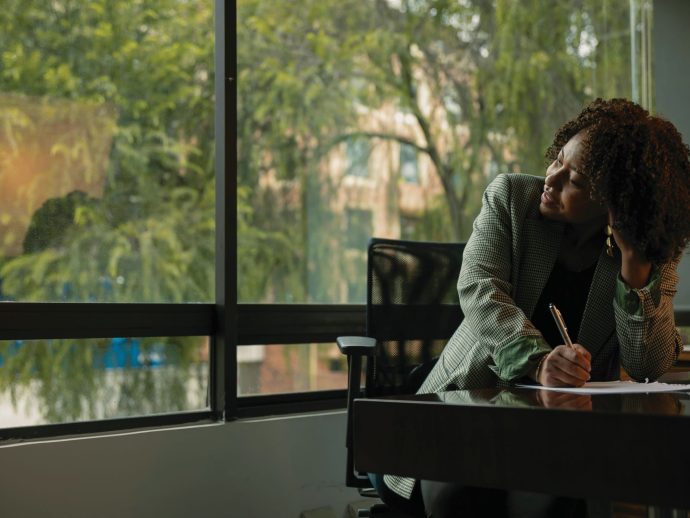
The planet is heating up, putting life and ecosystems at increasing risk. Social and economic inequalities, between and within countries, remain stubbornly high. We’ve all heard the buzzword “sustainability” given as a solution to these problems: if we can shift our systems to become more sustainable, we can cut down on carbon emissions and resource use while making societies fairer for all.
However, what does sustainability actually <mean>, and what progress are we making towards it?
Unpacking sustainability
In 1987, the United Nations Brundtland Commission defined sustainability as “meeting the needs of the present without compromising the ability of future generations to meet their own needs.” This definition is still relevant today. Indigenous communities have long held the belief that we should care for our world in a way that ensures the well-being of future generations.
Core components of sustainability
The concept of sustainability has three core components:
- environmental sustainability
- economic sustainability
- social sustainability
Environmental sustainability
Environmental sustainability focuses on protecting and preserving natural resources (like clean air, water, forests, and biodiversity) for future generations. Shifting toward renewable energy and reducing waste are key aspects.
The environment and the economy
Economic sustainability means supporting growth while ensuring resources are used efficiently and responsibly. Our largely linear economies follow a “take-make-use-dispose” formula. While we’ve shifted toward recycling, efforts are often insufficient: a 2019 study found only 9 percent of plastic waste in Canada is recycled. To be truly sustainable, we need a circular economy, where products and resources remain in circulation. Just 7.2 percent of the global economy is currently circular.
Social sustainability
The social dimension of sustainability is critical, relating to creating a world where everyone can meet their needs and access a good quality of life. This includes ensuring equity in transitions to more sustainable practices.
Environmental justice
Environmental justice highlights how vulnerable communities often bear the brunt of climate change and pollution. The Government of Canada is working on a strategy to promote environmental justice.
Working toward a more sustainable world
While individual action is important, governments and corporations also have a lot of power.
Government commitments and action
In 2015, Canada committed to the UN’s 17 Sustainable Development Goals (SDGs) to be achieved by 2030, covering environmental, economic, and social sustainability. While progress is being made, much work remains, particularly regarding persistent inequalities and increasing emissions from oil and gas projects.
Corporate influence and power
According to a recent study, 80 percent of global carbon dioxide emissions from 2016-2022 came from just 57 corporate and state producing companies. Corporations hold significant influence and often lobby against environmentally and socially beneficial practices.
Individual agency
Systemic change is needed, but individuals also have power. Be critical of corporate sustainability claims, as “greenwashing” is common.
We should all try to make our lives sustainable, but don’t lose sight of the changes needed from governments and corporations. Using your voice to protest and vote are crucial ways to hold power to account.
By Isabela Bonnevera










